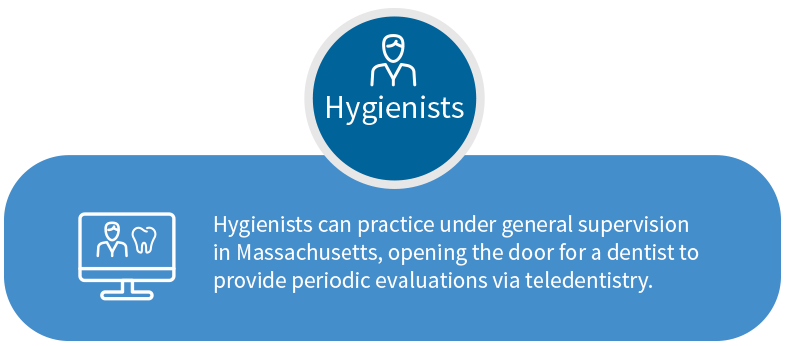
Get Questions Answered
By a Teledentistry Specialist
Teledentistry is how telehealth convenience, efficiency and improved patient experience happens in dental care.
It’s not about DIY aligners, or only smile consults.
Virtual dentistry has real benefits for patients and patients. One of those is the opportunity for new revenue capture by improving patient convenience.
An example is how D0140, and other billable codes, can mean more reimbursable care happens.
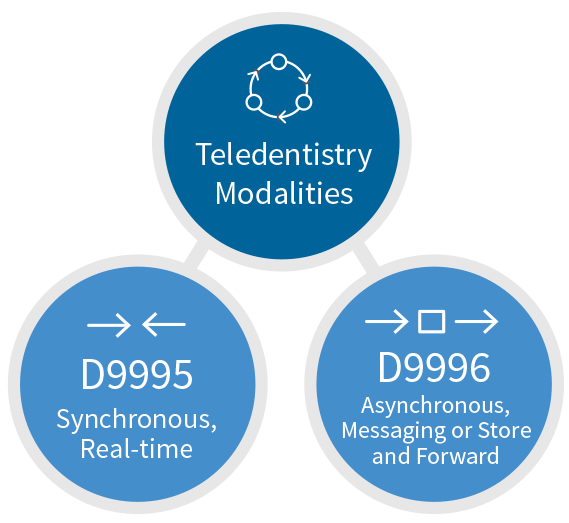
First the basics: D9995 and D9996 Teledentistry modality codes
Teledentistry is gaining widespread traction within dentistry. Patients are discovering and seeking the convenience of dental telehealth options. Providers are finding it part of an effective care strategy. The ADA recognized the importance of teledentistry and created the following CDT codes for two main modalities.
D9995: synchronous, real-time communication (live, two-way consults)
D9996: asynchronous (store and forward, or messaging)
The ADA states “examinations performed using teledentistry can be an effective way to extend the reach of dental professionals, increasing access to care by reducing the barriers of distance to care.” The ADA has recommendations to ensure you are using the codes correctly and protecting PHI in the process. D9995 and D9996 are used in conjunction with procedure codes to document the means of delivery.
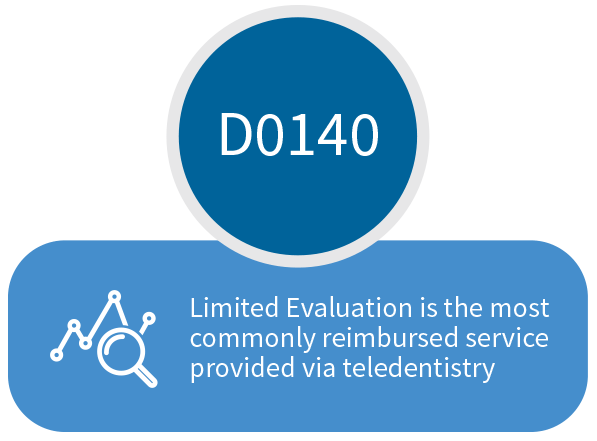
Limited Evaluations (D0140) via Teledentistry: Billing & Reimbursement
When a patient contacts a dental office with concerns about a possible “broken tooth” for example, teledentistry enables quick and effective triage. These limited evaluations are reimbursable and protected by parity laws in Massachusetts when provided via teledentistry, including asynchronously (D9996) if the patient is messaging through a secure patient portal like TeleDent’s, or synchronously (D9995) via for example a real-time video consult. You could also use a D0171 code for post-operative visits and check in with patients after procedures via teledentistry.
The convenience to both patient and provider of providing an evaluation and determining patient needs through teledentistry reserves your chair time for production and may help divert unnecessary ER visits. Many states require a face-to-fact visit for prescribing narcotics and live video conferencing (D9995) via teledentistry can help you remain compliant .
In addition to reimbursement offices receive for procedure codes such as D0140, dental providers who receive reimbursement for D9995 or D9996 are receiving an average payment of $12-35 per code.
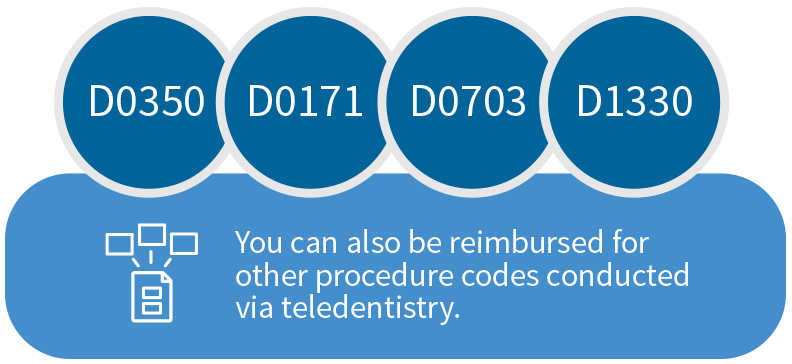
Other teledentistry reimbursement opportunities in MA
Teledentistry goes beyond limited evaluations, providing opportunities for comprehensive patient care, including education. MassHealth, among others, will reimburse providers for providing Oral Hygiene Instruction (D1330) for patients which can be achieved through teledentistry.
Oral/facial photos can be captured via teledentistry software using either the D0350 or D0703 CDT code.
How to claim a teledentistry delivered service
Teledentistry can help practices by driving additional revenue and cost savings while improving patient experience. Incorporating intraoral imaging as a standard practice helps with claim support and documentation, protecting your practice and your license.
Billing and coding for a teledentistry encounter is not difficult when you do it correctly. When discussing the CDT codes for teledentistry, it’s important to know these codes are used in conjunction with the procedure code for the service provided.
A patient’s record must indicate when teledentistry is used and which modality (synchronous or asynchronous) was used. For submission to dental insurance, the teledentistry code should be listed under “Record of Services Provided” along with all other services rendered on this date of service. In addition to adding the CDT code, you must also complete the “Place of Service” portion (line 38 on an ADA claim form). The place of service code for telehealth is 02, which shows health services and health related services are provided or received, through telecommunication technology.
See more guidance on teledentistry coding and billing.
Medicaid and Teledentistry in MA: MassHealth
MassHealth manages Medicaid services in Massachusetts. MassHealth reimburses providers for a variety of procedures including oral hygiene instruction and intraoral image capture in addition to your evaluation codes to help ensure the best possible treatment for their members. In many cases the MassHealth members often have a more difficult time accessing care than private payor members. Teledentistry offers broad access to nearly all populations, helping ensure access to care sooner.
A Parity Law Exists in Massachusetts
States who pass telehealth or teledentistry specific parity laws require private payers in that state to reimburse for care delivered via eligible digital means at the same rate they would for in-person care. In addition, some insurers opt to pay at parity on their own. A parity law exists in Massachusetts to ensure providers are reimbursed for medical and dental services at the same rate, regardless of whether they are provided in-person or through telehealth services. This protects healthcare providers from receiving a discounted fee for their expertise when delivering care using technology.
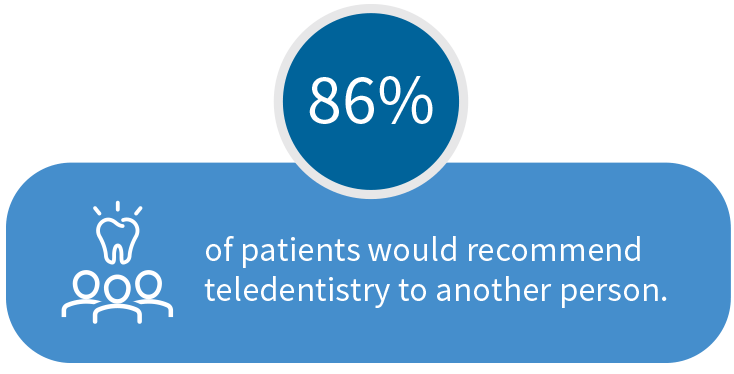
Ask your insurance plans about teledentistry reimbursement
Opportunity for practice growth and efficiency of chair time is being encouraged by the opportunity for provider reimbursement for procedures that can be done virtually through a secure network. Reimbursement for limited evaluation, remote image capture, post-ops, periodic evaluations and more in addition to the teledentistry codes that many third-party payors are reimbursing for. Many of the public and private payers have recognized the benefits to the public and members that teledentistry provides and have adopted the codes as part of their fee schedule.

